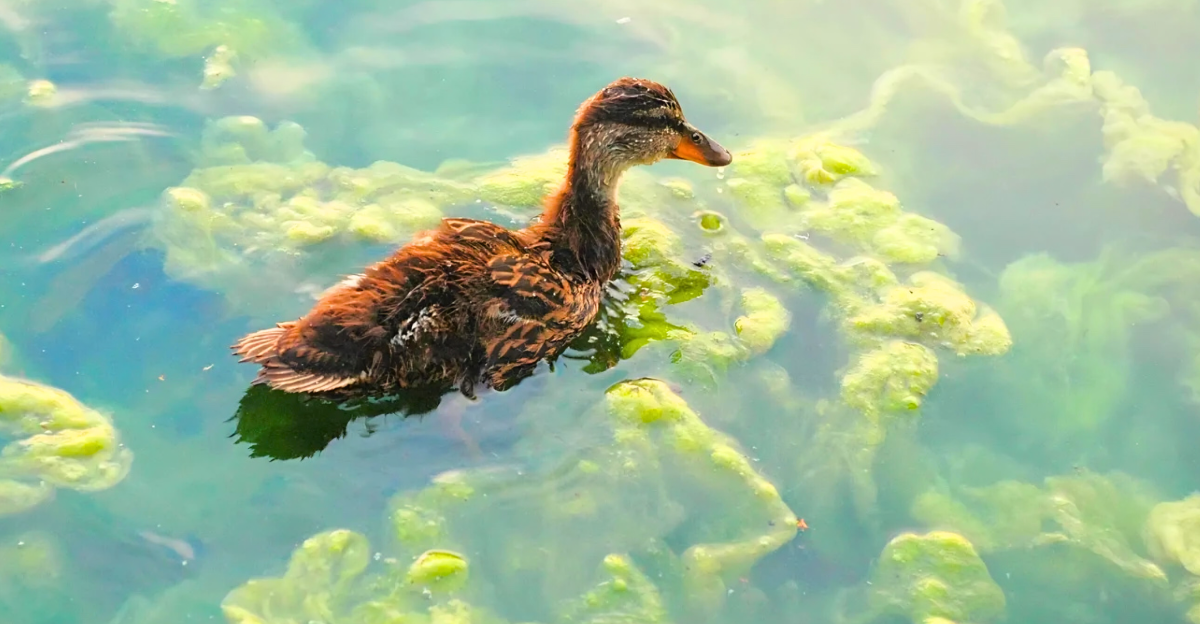
Lakes worldwide are being overtaken by cyanobacterial, harmful algal blooms (cyanoHABs). These green scums proliferate rapidly and don’t only look ugly; they create dangerous toxins that are harmful to humans, animals, and entire aquatic ecosystems. Their impacts should be studied and understood in order to avert a global water crisis.
Winam Gulf: A Warning Sign
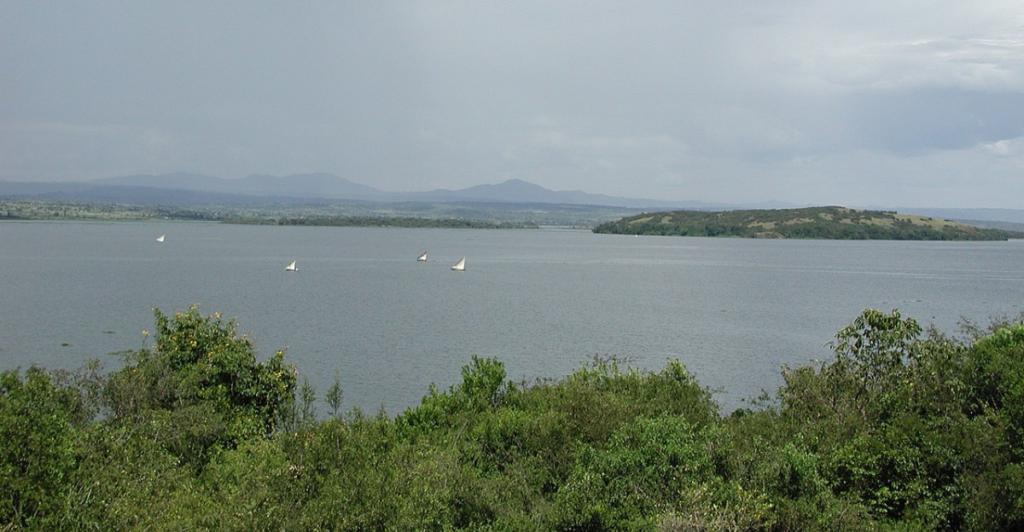
Kenya’s Winam Gulf, a part of Lake Victoria, is currently serving as the location to examine cyanoHABs. With conditions similar to Lake Erie, researchers are using it as a model by which to predict how the algal blooms will deteriorate as the planet warms: what they found is concerning.
What are CyanoHABs?
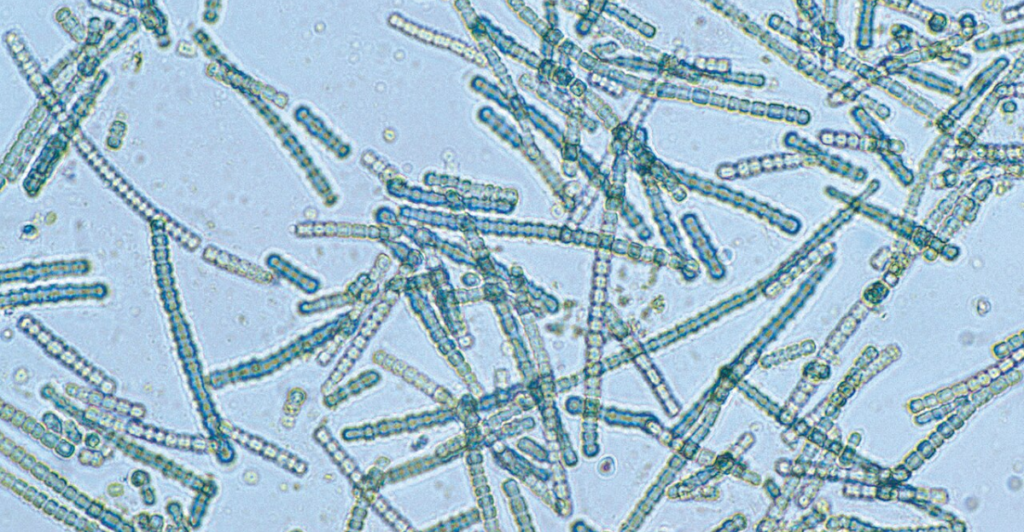
Cyanobacteria, Blue-green algae, are microscopic single-celled algae that multiply in hot waters that are dense in nutrients. They have existed for billions of years, but have expanded more rapidly in recent years because of human interference. This has created massive, toxic blooms that negatively impact freshwater life and threaten our health.
The Toxin Threat
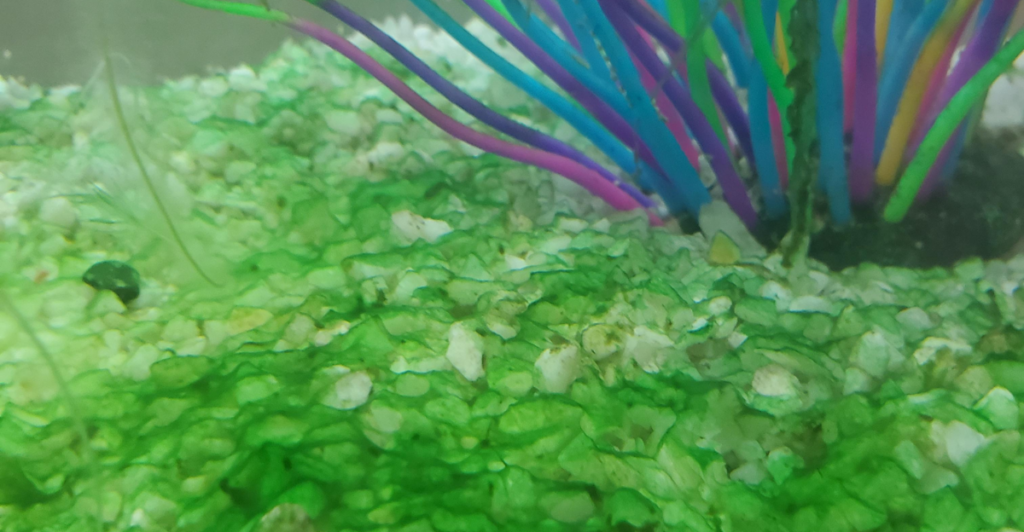
The majority of cyanobacteria are toxic. Microcystins, for example, can devastate the liver, while others attack the nervous system. Exposure to cyanobacteria, through drinking, swimming, or breathing in water droplets, can cause severe health problems, particularly in sensitive individuals.
The Risk of Hot Water

Boiling contaminated water does not cleanse it; it will render it potentially more toxic by killing cyanobacteria cells and releasing even more toxins. This is especially worriesome in countries like Kenya, where most citizens rely on lake water for both domestic and drinking purposes.
Kisumu’s Water Crisis
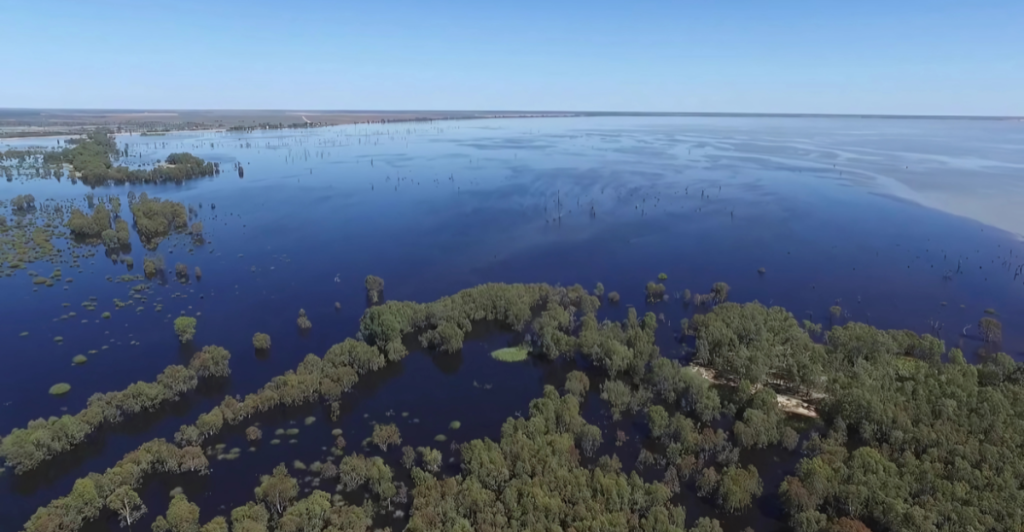
Kisumu is Kenya’s third-largest city, and it largely depends on Lake Victoria. The presence of harmful cyanobacteria in Winam Gulf means many people face daily exposure to toxic water. Many residents already have weakened immune systems due to malaria and HIV, which raises their risk of harm.
The Hidden Danger of Murky Water

Not all blooms are visible. In turbid water, toxic cyanobacteria can be hidden, making it even more dangerous for people who harvest water without knowing the risk.
Alarming Scientific Breakthroughs
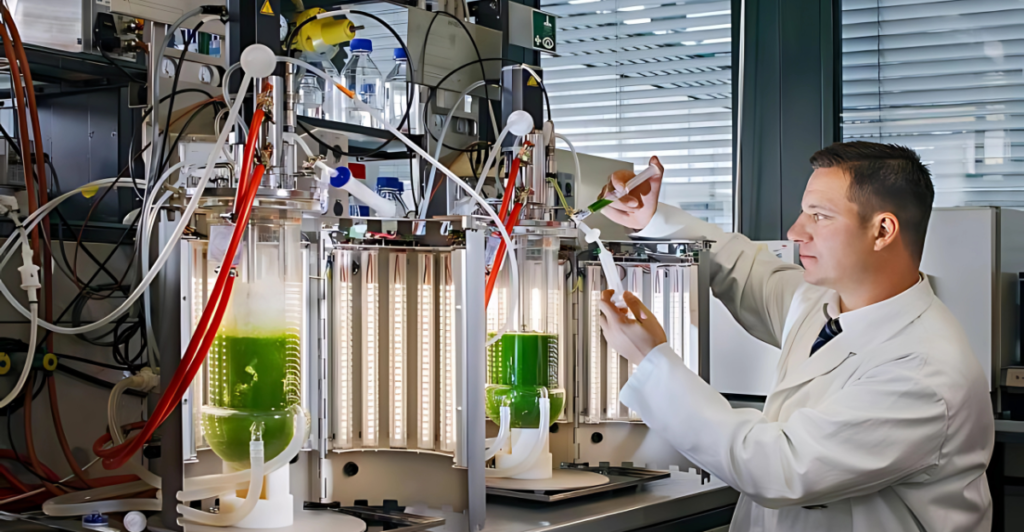
A study in Winam Gulf identified three genera of cyanobacteria that produce toxins: Dolichospermum, Microcystis, and Planktothrix. The same genera are also present in Lake Erie, and this indicates that North American lakes could experience year-round toxic blooms due to climate change.
A Genetic Breakthrough

Environmental genomics has helped scientists figure out which organisms are responsible for producing which toxins. Researchers have also discovered hundreds of new genes related to toxin production that were previously unknown, suggesting a potentially greater danger. Some toxins may also interact with others, increasing their harmful impact.
How Climate Change Causes Algal Blooms

Rising temperatures enable cyanobacteria to flourish. Coupled with agricultural runoff, sewage, and factory effluent, these substances boost the growth of algae. With the intensification of global warming, lakes worldwide may experience toxic blooms all year round.
What Can We Do?

To deal with cyanoHABs, we need to use other methods. These include minimizing nutrient pollution, especially from nitrogen and phosphorus, improving water treatment, and raising public awareness. In Kenya, researchers are helping local authorities monitor and manage blooms to protect communities.
A Potential Global Water Crisis

Winam Gulf’s trouble is not just a local problem: it’s a warning to lakes worldwide. The Great Lakes, Lake Erie, and other large water systems could also experience the same toxic blooms.
A Call to Action: Safeguarding Our Water

The battle against harmful algal blooms is crucial. Researchers are providing useful information, but meaningful change requires action by governments, corporations, and individuals. Decreasing pollution, funding research, and advocating for clean water regulations can alleviate this escalating environmental issue.
Explore more of our trending stories and hit Follow to keep them coming to your feed!

Don’t miss out on more stories like this! Hit the Follow button at the top of this article to stay updated with the latest news. Share your thoughts in the comments—we’d love to hear from you!







